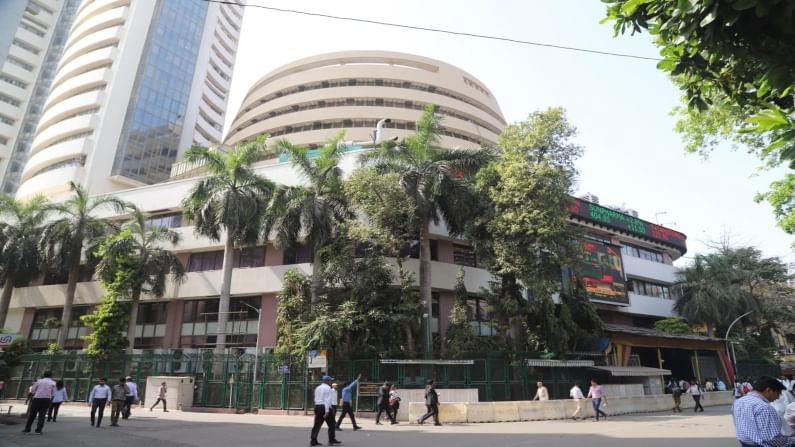Is BSE's new rule hurting midcaps and smallcaps?
As per the Add-on Price Band Framework, BSE has decided to cap the price movement in stock on a weekly, monthly, and quarterly basis

Off late markets are witnessing a new trend where benchmark indices making a new high every day, while mid & small cap indices are reeling under pressure. Sample this: During the previous trading session, Sensex hit a fresh record high of 54,779 and Nifty touched a new peak of 16,359. On the other hand, BSE MidCap index fell 0.85% and the BSE SmallCap tanked 2.05%. With yesterday’s (August 10) fall, the BSE MidCap index has corrected 3.05% from its all-time high and the BSE SmallCap index was down by 4.60%. What’s the real reason behind this sell-off?
Add-on Price Band Framework
On Monday (August 9), BSE in a circular notified that it was capping the rise in the share price of stocks exclusively listed on its platform. To curb excessive speculation, the BSE has further tightened the surveillance measures for some stocks that have rallied 6 times in six months, 12 times in one year, 20 times in two years, and 30 times in three years by introducing special price limits. As per the new surveillance rules called Add-on Price Band Framework, BSE has decided to cap the price movement in stock on a weekly, monthly, and quarterly basis over and above the daily price band.
For instance, a stock with a circuit limit of 20% and which has surged six times in six months can go up a maximum of 1.6 times in a week or 2 times in a month or 3 times in a quarter. These measures will come into effect from August 23.
Once the stock reaches the respective price limit of a period, trading will be allowed only within the prescribed price range till the beginning of the next cycle, which is the next week or month or quarter wherein new price limits will be computed for the respective periods.
The final upper daily price band will be the minimum of all individual upper price band limits. The last lower daily price band will be the maximum of all individual lower price band limits.
Once a stock is placed in Add-on Price Band Framework, it will remain in the framework for a minimum of 90 days.
Example
Let’s understand BSE’s new rule with a help of an example. For instance, a stock that is priced at Rs 100 and already in the 10% circuit filter category can rise only by Rs 30 in a week and Rs 100 in three months. Similarly, stock priced at Rs 100 can fall by Rs 25 in a week and Rs 50 in three months. It has spelled out several such caps about stocks that attract circuit filters between 2% and 20%.
Market participants are of the opinion that any kind of curbs on the free movement of stock prices is a suppression of free markets and will not be accepted by investors. Many are hopeful that BSE will either withdraw or modify the controversial Add-on Price Band Framework circular that came out on Monday.